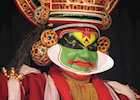Written by Niall
India, Nepal, Sri Lanka, Japan & Dubai Specialist
Katie Moran and her family travelled to India with Audley recently, revisiting the places where her mother used to live when she was a child.
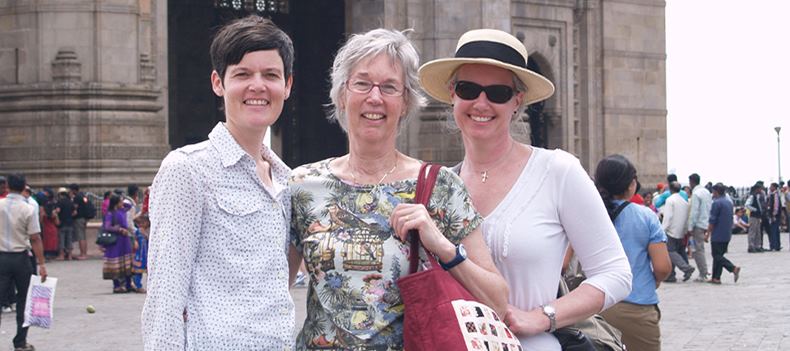
I have wanted to go to India for many years; everyone I have spoken to who has been there has reported it to be somewhere unique, where the vibrancy of life is infectious and the culture carries you away with it.
One person who thinks so is my Mum. She was born in Bombay (now Mumbai) in 1947, probably sleeping less than half a mile away from the First Battalion of the Somerset Light Infantry as they passed through the Gateway of India on 28 February 1948, signalling the end of British rule. Mum spent her early years in Mumbai and then at boarding school up in the hills at Kodaikkanal before being sent back to school in England. Those formative years created a woman with a love of the East, a passion for travel and a real appreciation of the richness of Eastern culture and the beauty of the people. I am delighted to say that she chose to share that love of India with my sister, Jo, and I, organising a trip to visit ‘Mum’s India’ earlier this year.
We quickly felt at ease and delighted in the city’s vibrancy and bustle. It promised a host of delights to be discovered.
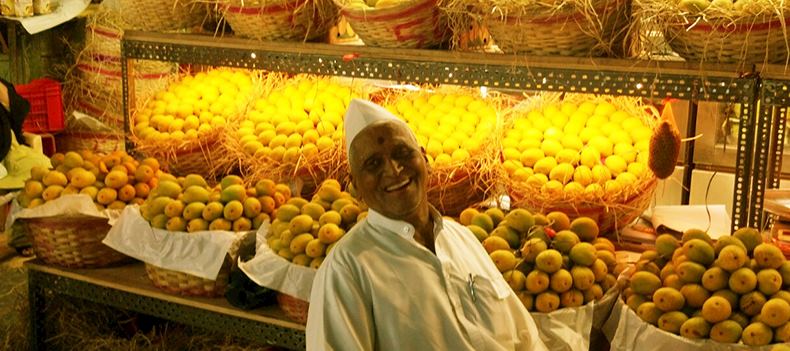
We arrived at Mumbai’s pristine new airport to be greeted with open smiles and flower garlands. The drive into the city was the beginning of our orientation — a tumble of corrugated iron shacks, stalls and shops tucked up tight against the highway, which is itself a ribbon of cars, motorbikes, taxis and buses inching their way along. We quickly felt at ease and delighted in the city’s vibrancy and bustle. It promised a host of delights to be discovered.
Our government guide, Heena, and driver, Shoban, both stayed with us throughout our time in Mumbai, and were very engaged with our quest to find the places that Mum remembered and wanted to share with us. We enjoyed a driving tour around Colaba, an area rich in colonial heritage such as the Gateway and the Taj Mahal Hotel, and then up Malabar Hill to the lovely Hanging Gardens and ‘The Boot’ where Nana and Grandad took Mum many times.
We walked around Colaba too, visiting Cathedral School, finding the building where young school children would take an afternoon nap in the colonnades, and St Thomas Cathedral where Mum was baptised, before finding the various blocks of flats she had lived in during her years there. It is a fascinating city to be part of, so busy yet also relaxed; a place to simply immerse yourself in day-to-day life.
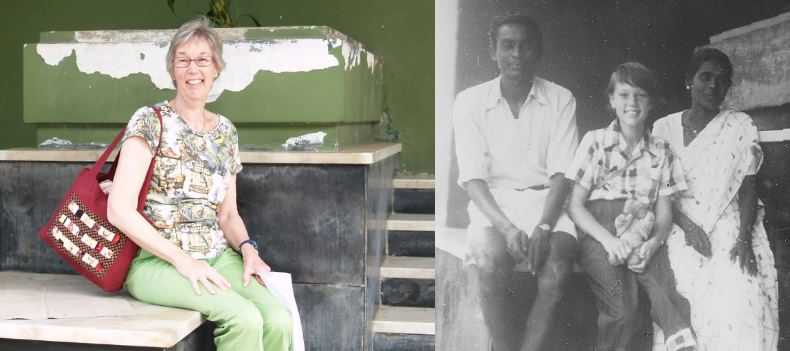
Mum remembers so many things that were part of her everyday life but are remarkable to us, and we did our utmost to experience them all. Travelling to VT (the enormous Bombay train station that is a Victorian shrine to mass transportation) at morning rush-hour, we watched the dabba wallahs (tiffin wallahs) bringing the lunches into the city, sorting them and then loading their bicycles and handcarts for their delivery rounds. A perfect example of flawless Indian organisation.
We stopped in the early morning to watch men doing the city’s washing in the Dhobi Ghat, home to 700 people. It is hard, physical work made colourful with linens colour coded by type of institute and vibrant with ceaseless activity and energy. Some parts of Indian life were not a feature in Mum’s day, but have to be part of the Mumbai experience — Bollywood is certainly one of them and this has become a huge part of India’s culture and economy. We were treated to a private tour during which we dubbed an advert, watched the filming of a feature length drama and mini-series, enjoyed a display of dancing and toured the Indian equivalent of Beverly Hills.
No trip would be complete without some shopping and so we walked the length of Colaba Causeway, dipping in and out of the shops and browsing the pavement stalls full of shawls, trinkets, candle lamps and leather goods. We are comfortable haggling and quickly adopted Heena’s advice to ignore any hawkers.

Bombay food was very much to our taste. We enjoyed dinner at Leopold’s — great, simple food and like many places in Bombay, a real mix of locals and tourists. We had an excellent vegetarian thali for lunch at Samrat and spoiled ourselves with Hyderabadi pomfret and garlic butter crab at the highly recommended seafood restaurant, Trishna’s. Following Heena’s advice, we gave our boxed leftovers to the street families after each meal.
A little further afield, we visited Elephanta Island; a frequent day trip excursion for Mum and her family and the retirement home for her dog Sugar. We enjoyed the ferry and short small-gauge train ride that took us to the bottom of the walkway up to the fascinating caves. They’re filled with carvings of Hindu gods and although there is considerable damage to these sculptures, they remain imposing and offer life lessons and insights to those who choose to reflect on them. I particularly appreciated the story of Ganesh, the elephant god who used his trunk to remove all obstacles.
Following Mum’s journey to Kodai from Mumbai, we stopped en route in Madurai, famous for the Meenakshi Temple, an imposing and rather startling building dedicated to the goddess. We witnessed the renowned ‘Going to Bed’ ceremony, an archaic and somewhat surreal ritual. We visited the Gandhi Museum, the Naicker Palace and returned to the temple to learn more about it, being fortunate enough to be blessed by a temple elephant!
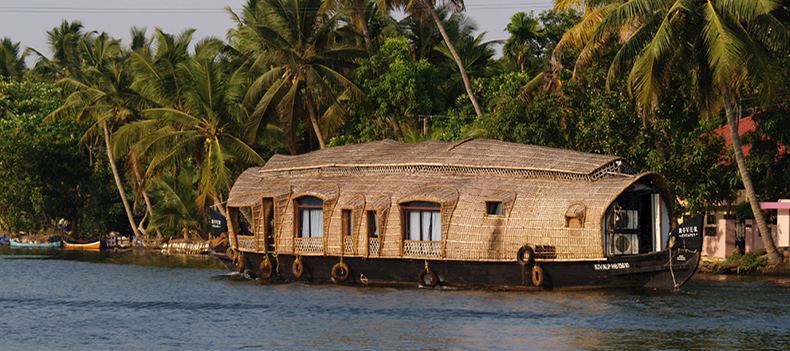
From Madurai, it was a four-and-a-half hour drive to Kodai but we were in an air-conditioned minibus with an excellent young driver, Nidin, who doubled as our guide for the journey. It was a far cry from when Mum and the other girls had to walk for half an hour, picking fruit along the roadside while waiting for the bus to cool down. The time flew as we watched the world go past, occasionally stopping to take a closer look at the farming activity or at a busy little village, and holding on tight as we drove through a muddle of twists and turns accompanied by signs warning drivers to ‘go slow’, ‘sound their horns’ and beware ‘accident prone zones’.
Every hotel we stayed in was excellent and the Carlton at Kodai was no exception. Once we had settled in, we felt some trepidation about the next part of our day — a visit to Mum’s old school, Presentation Convent Kodaikkanal (PCK). We needn’t have worried. On arrival, the sisters met us and we spent an enthralling afternoon touring the Convent, meeting the students and reminiscing. Jo and I were delighted to see the school that had played such a big part in our Mum’s upbringing.
We toured the rest of Kodai, enjoying the stunning views at Pillar Rock and the coconut pastries at the ‘Daily Bread’ bakery — where the pastries sell out as quickly as they are delivered — and finishing the day with a shakira ride on the lake. Mass in the Convent Chapel the next day was the end of our memory tour. It was emotional to leave behind Mum’s India, but that history is now part of Jo and my experiences and will never be lost.
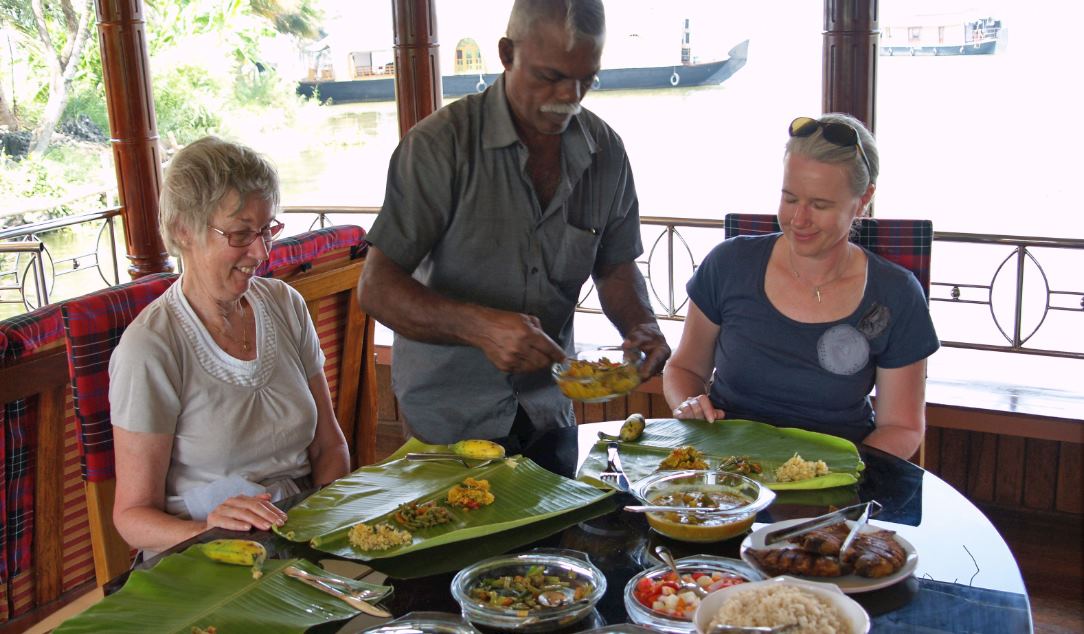
We still had a week together and spent it relaxing in beautiful Kerala, first on the Golden Petal, a rice boat that sailed the Backwaters near Alleppey, and then at Olavipe, a marvellous homestay where we enjoyed great food and company, yoga on the terrace and shopping in the local village. We ended our tour in Cochin, a city with a long and rich history where we stayed opposite the Chinese fishing nets in the harbour, toured the Jewish quarter and enjoyed a Kathakali dancing show. We saw just a tiny part of the huge country that is India, but I was captivated by it. Our trip was more than just a tour of interesting places; it was a chance to experience the love of life and strong sense of community and family that helped make our Mum who she is today and that are still part of everyday life in India, making it a remarkable place to just be.
Was this useful?



